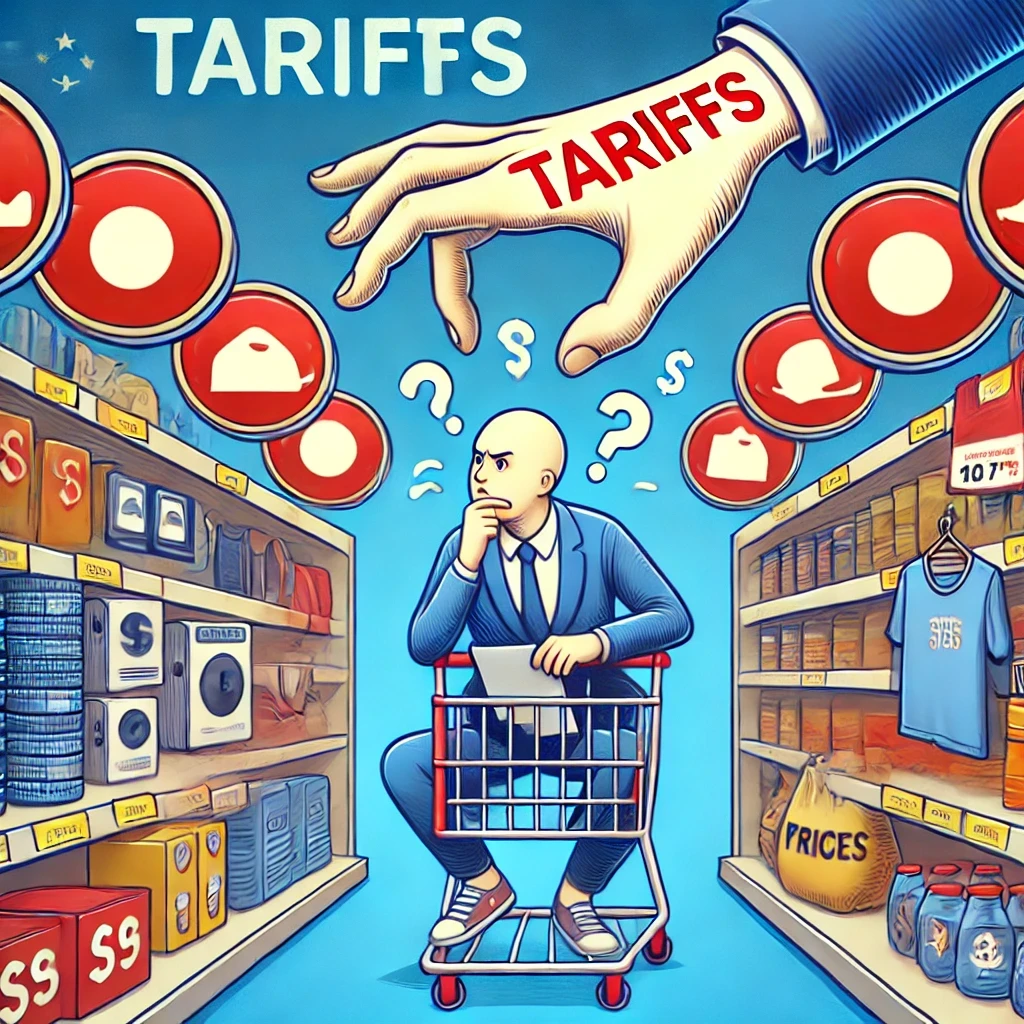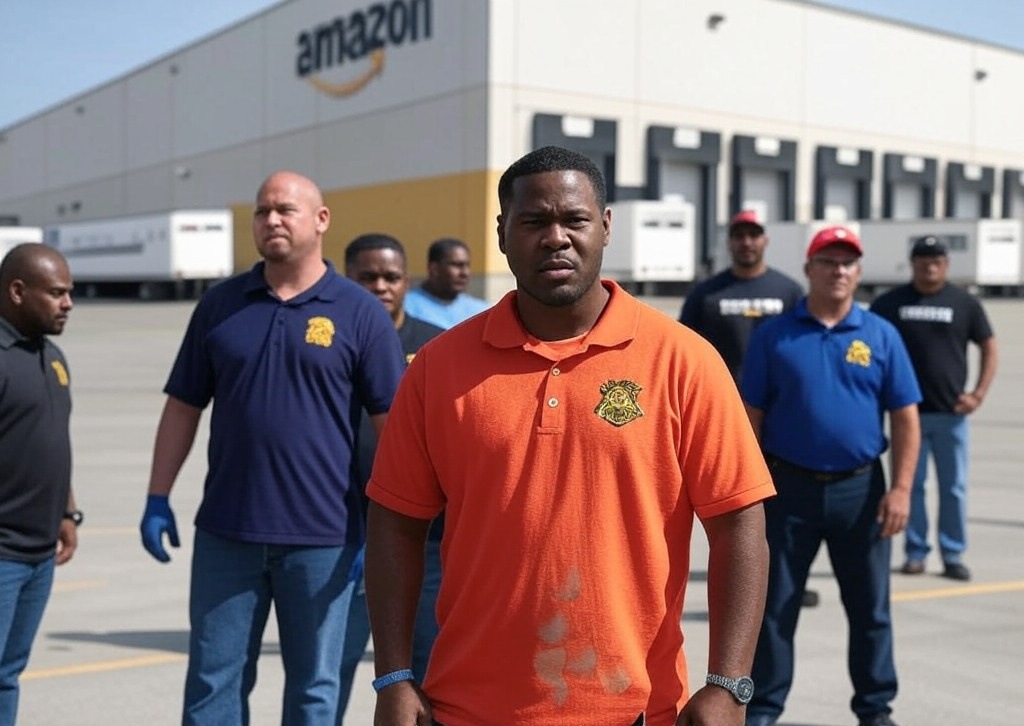When some people voted for Donald Trump because they were worried about inflation, they may not have realized that his plans could actually make inflation worse. One of Trump’s big ideas is to put high tariffs on products made in China and Mexico. But what does that mean, and how could it make prices go up even more?
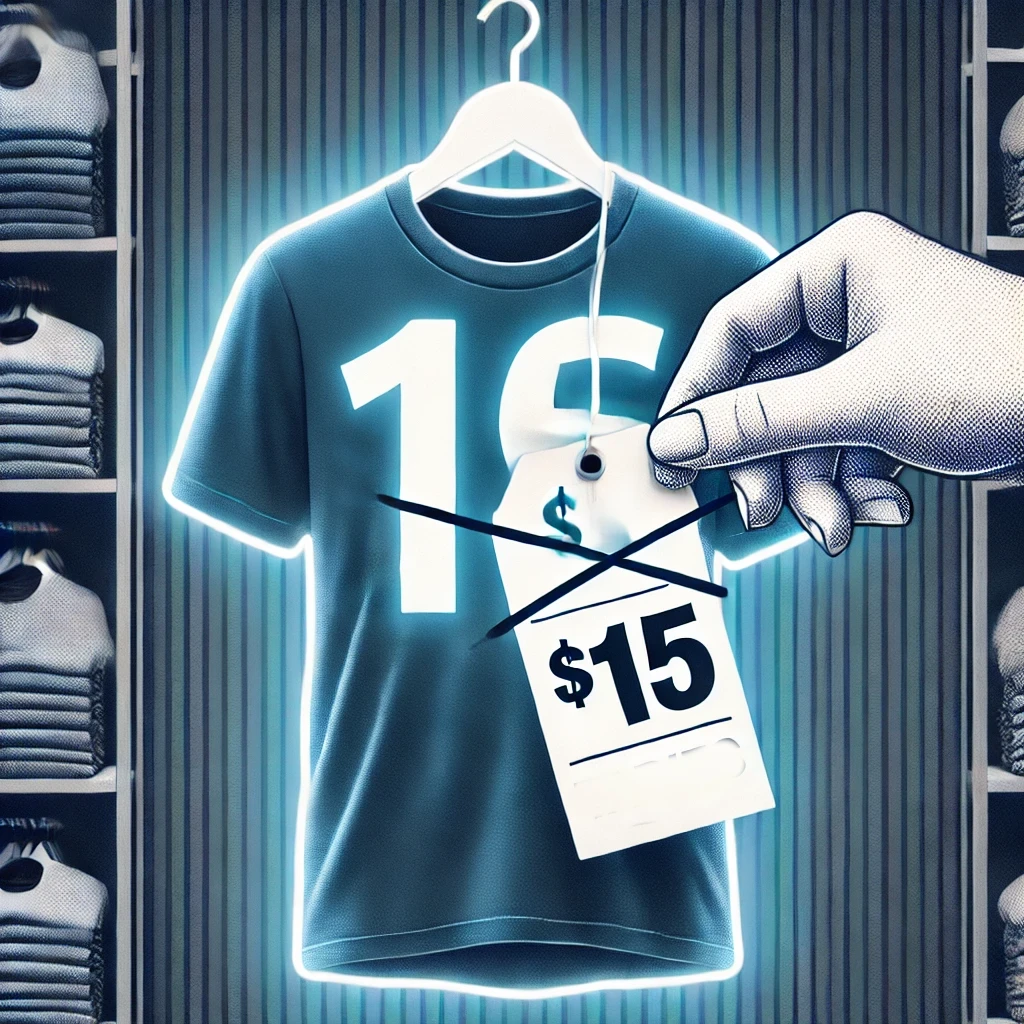
A tariff is basically a tax on goods coming into the United States. If a shirt made in China normally costs $10, a tariff might add $5 more to that price. This extra cost isn’t paid by the company making the shirt or by the countries where it was made. Instead, it gets passed on to us, the consumers, making the shirt more expensive to buy. So, when you hear “tariff,” think “higher prices” for things you want or need.
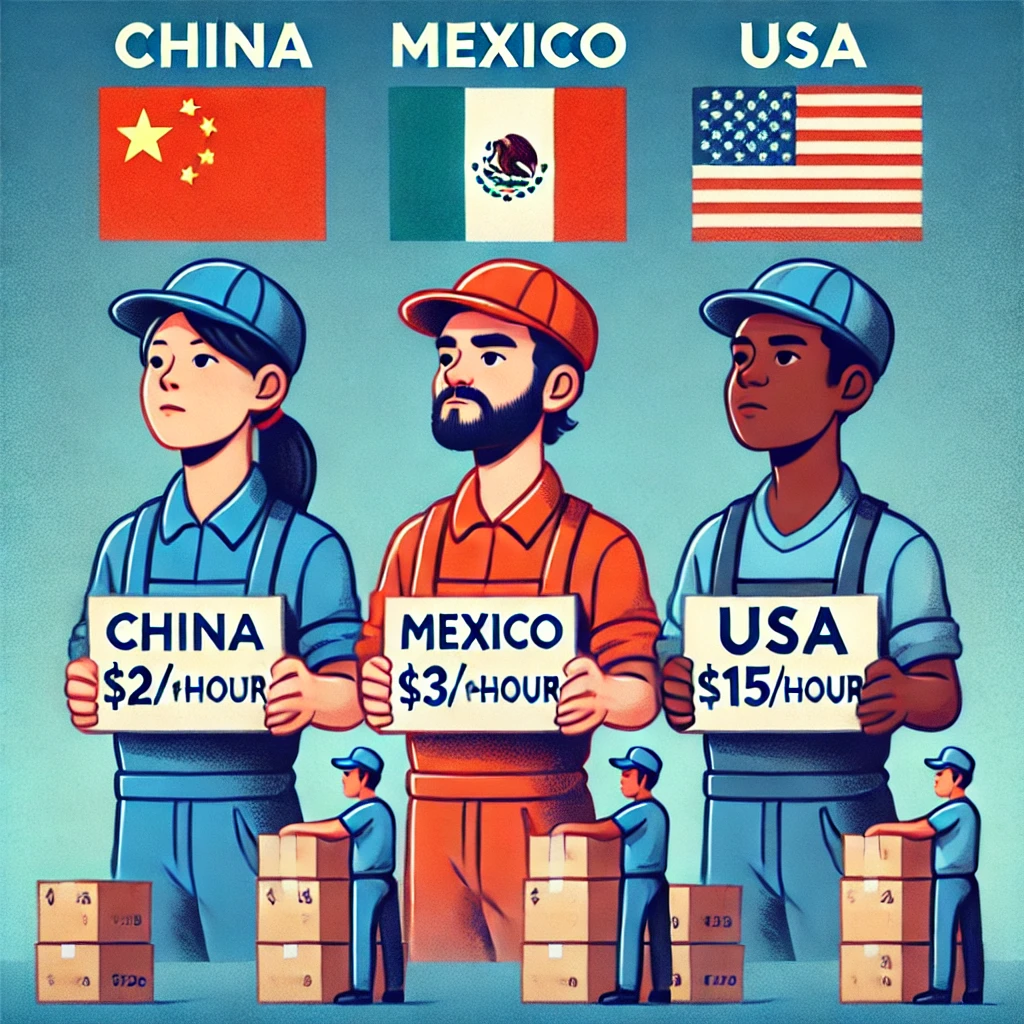
Trump’s idea is to use tariffs to make American-made products more attractive. But here’s the problem: American workers don’t work as cheaply as workers in China or Mexico. Wages in the U.S. are higher, and so are other costs, like safety rules and taxes. Because of this, American companies still need to charge more for their products than what we currently pay for imported goods. Even if American businesses start making more products, prices will likely stay high, or even get higher.
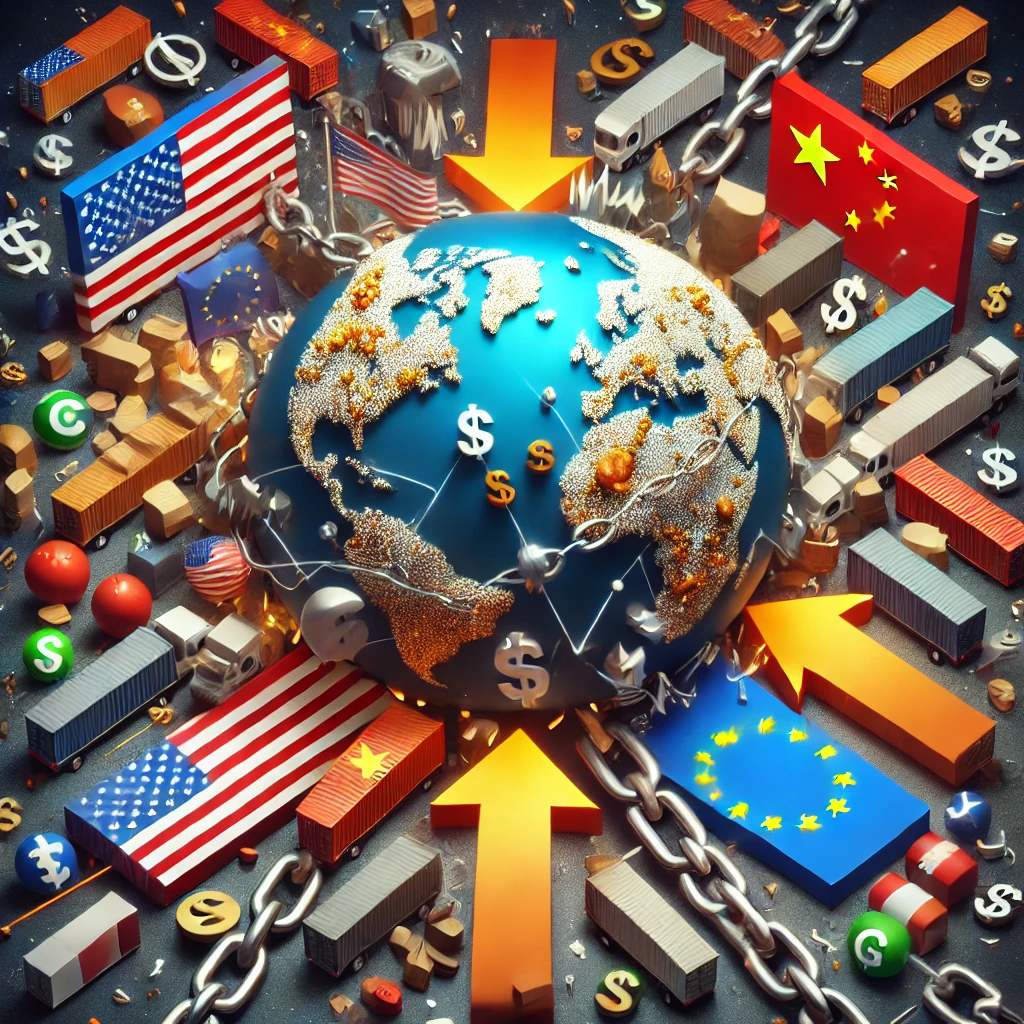
Throughout history, the United States has tried using tariffs to protect American businesses, but it often didn’t work out as planned. One famous example is the Smoot-Hawley Tariff Act of 1930. This law was supposed to protect American farmers by putting high tariffs on imported agricultural goods, but it ended up causing a global trade war. Other countries responded by putting their own tariffs on American products, which hurt U.S. exports and made the Great Depression even worse. American industries that relied on selling goods overseas suffered as their sales dropped, and it led to higher prices for many products in the United States.
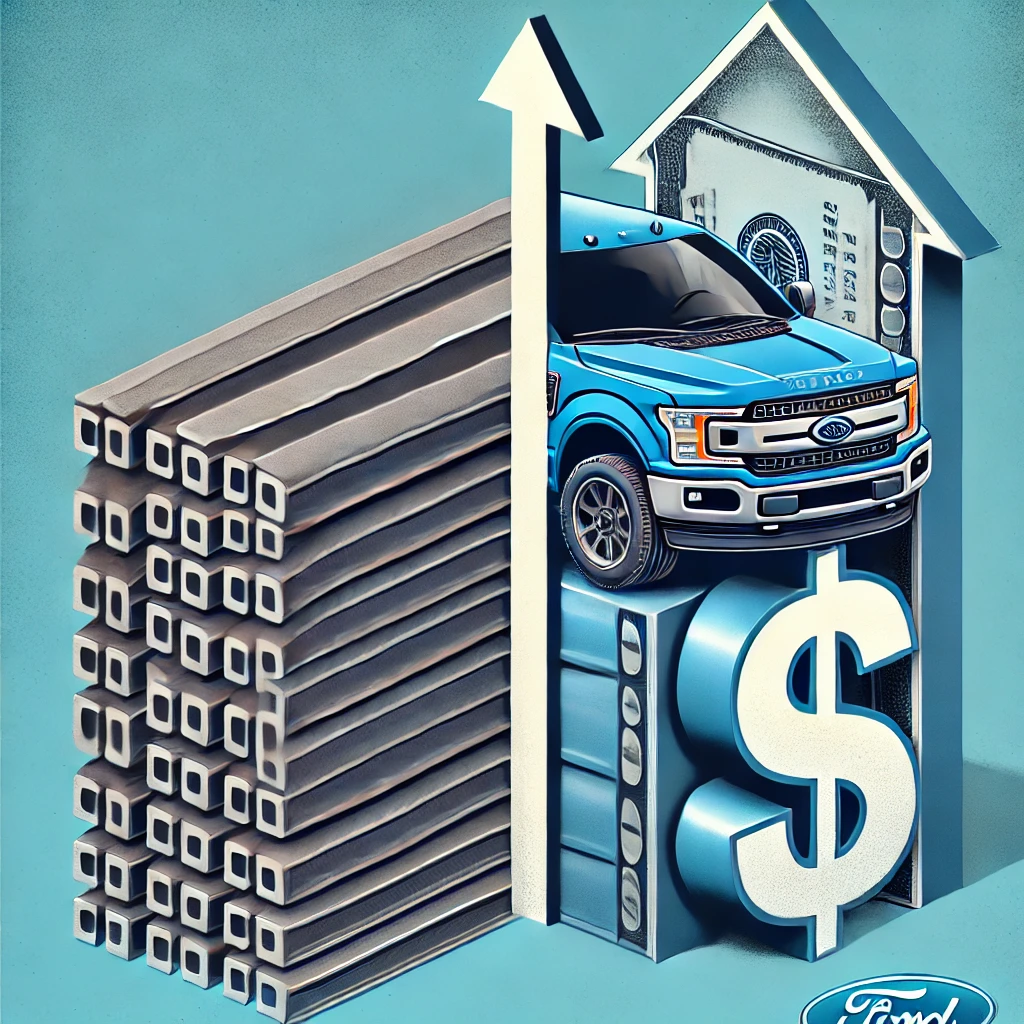
Another example is the 2002 steel tariffs imposed by President George W. Bush. The goal was to help U.S. steel manufacturers, but it backfired. Companies that used steel, like car manufacturers and construction firms, saw their costs increase significantly. The higher prices hurt businesses, led to layoffs, and even caused job losses that outweighed any gains in the steel industry. The World Trade Organization also ruled that these tariffs violated international trade laws, which led to threats of retaliatory tariffs from other countries. The U.S. ended up removing the tariffs after just 20 months.
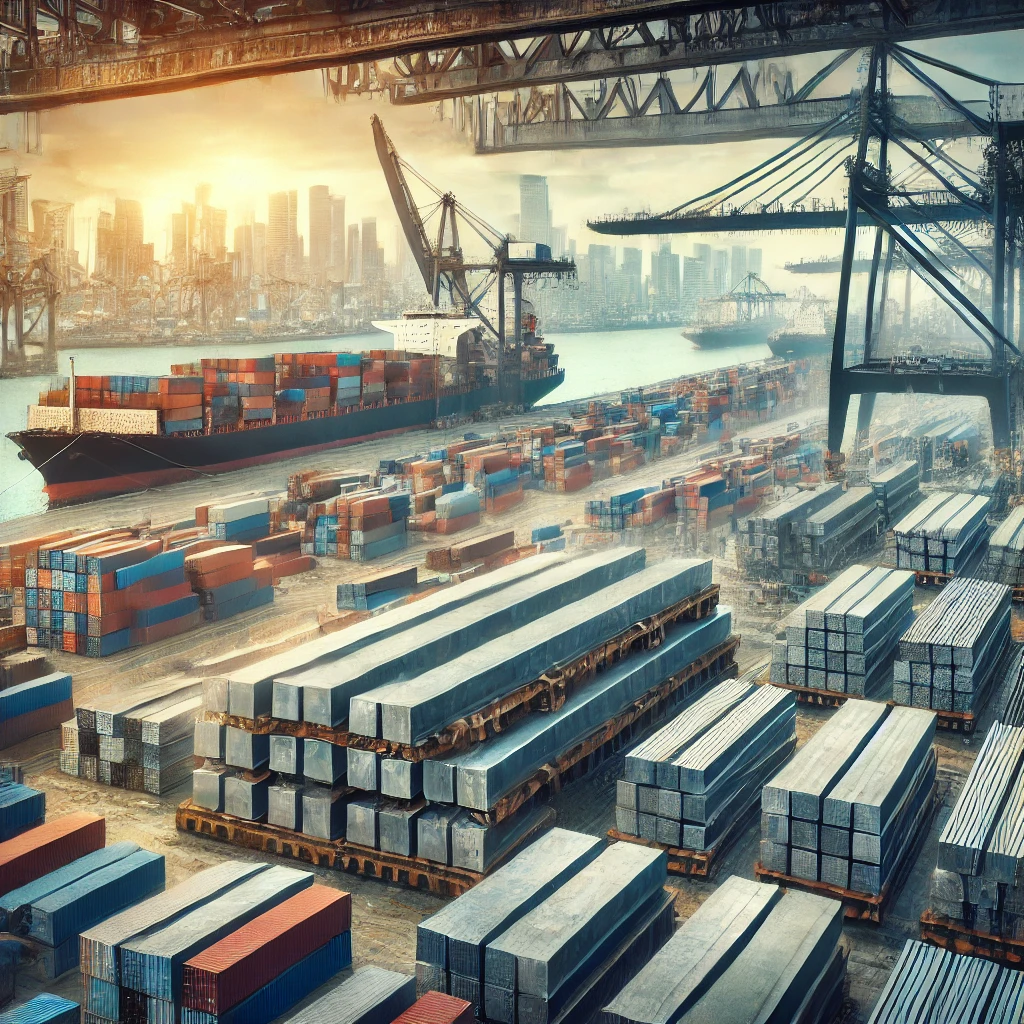
In 2018, the Trump administration placed tariffs on steel and aluminum imports. This move was meant to boost American production, but it hurt many industries that rely on these materials, like automakers. Companies like Ford and General Motors faced higher costs, which they passed on to consumers, making cars more expensive. The tariffs didn’t lead to a big increase in American manufacturing jobs, and many analysts believe they caused more harm than good.

We’ve also seen tariffs fail in smaller ways, like with washing machines. In 2018, tariffs were placed on imported washers to help U.S. companies like Whirlpool. While Whirlpool benefited at first, the cost of washers for American families increased by about $86 on average, according to a study from the University of Chicago. Even dryers, which weren’t directly targeted by tariffs, saw price hikes. So, families ended up paying more for both washers and dryers.
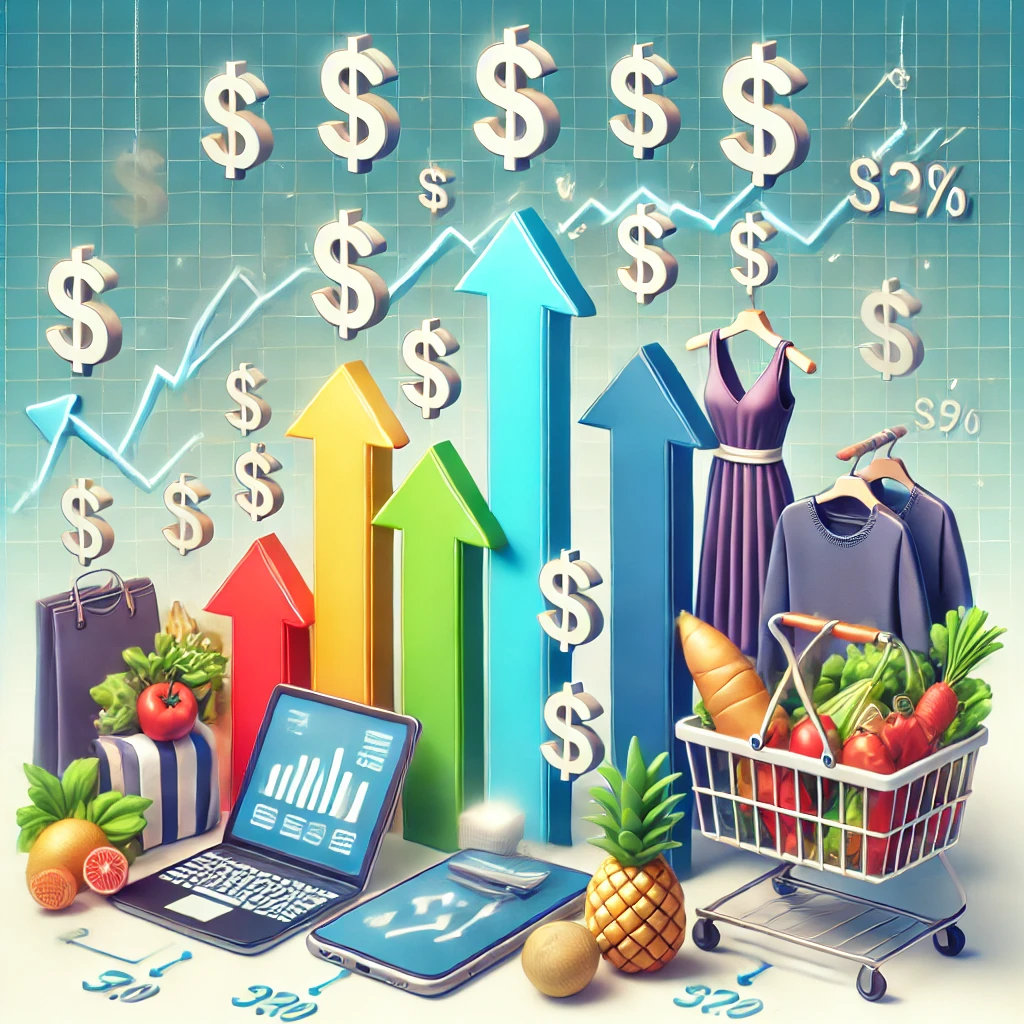
Now let’s think about how tariffs can make inflation worse. If Trump adds tariffs to goods from China and Mexico, prices for everyday items could rise even more as businesses cover the extra costs. This would mean more expensive electronics, clothes, and even food, making it harder for families to afford the things they need.
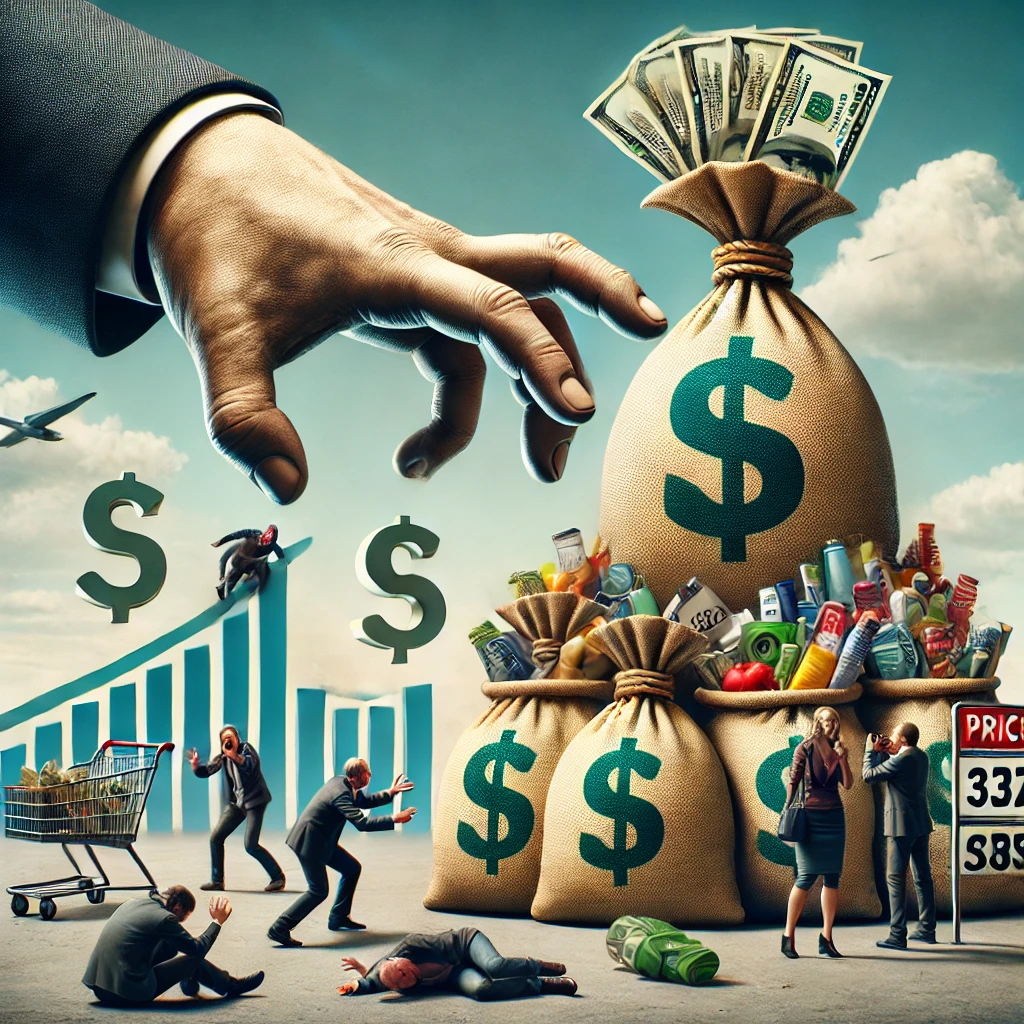
There’s another downside, too. If American companies know that tariffs are making imported goods more expensive, they might increase their prices as well, even if they don’t have to. This is called “greedflation,” where companies take advantage of the situation to make more money. So, in the end, we all pay more.
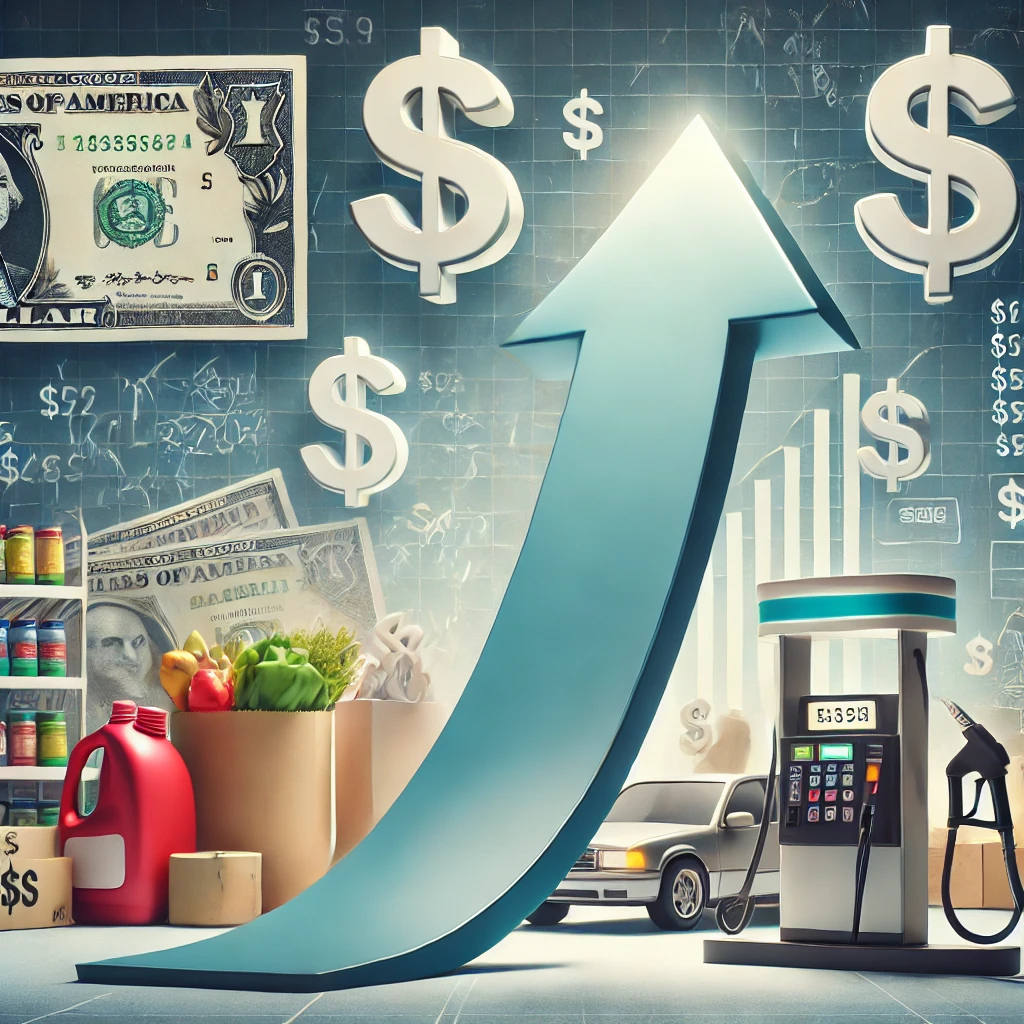
People who voted for Trump because they were worried about inflation might be in for a rude awakening if his plans end up making things even more expensive. The reality is that while tariffs sound like they might protect American businesses, they generally create more problems than they solve. History has shown us that tariffs can lead to higher prices, job losses, and even economic downturns.

